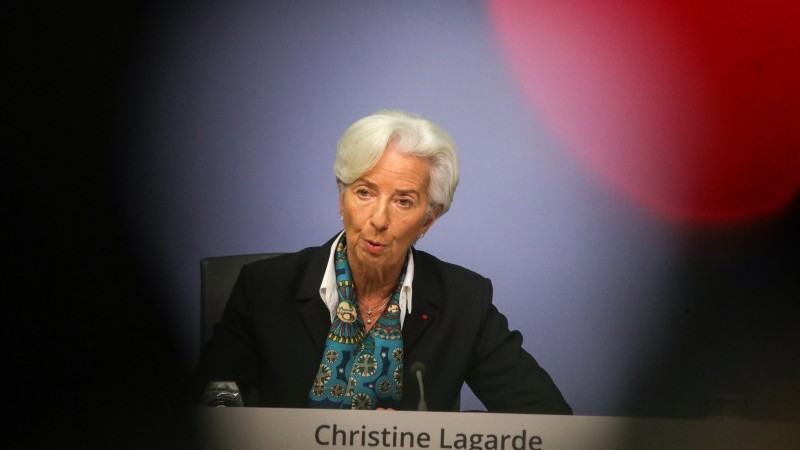All in all, with a deposit rate of 2%, headline inflation at 2% and an inflation outlook that fulfills the old ‘below, but close to 2%’, the ECB can simply wait for who is holding the better trade cards in the trade negotiations and whether actual inflation will really behave as predicted. Or as Christine Lagarde put it: the ECB remains data-dependent and follows a meeting-by-meeting approach, focussing on the inflation outlook and risks surrounding it, dynamics of underlying inflation and the strength of monetary policy transmission. As long as core and services inflation remain above 2% and the fiscal stimulus story in Germany and the rest of the eurozone remains intact, there is very little reason for it to leave its ‘good place’. However, if the trade tensions are resolved quickly and a lifting of uncertainty increased resilience of the eurozone economy, the debate at the ECB could quickly shift. From whether or not more rate cuts are needed to when to hike rates in order to tackle inflationary pressures stemming from fiscal stimulus.
Admittedly, taking today’s meeting at face value, the bar for yet another rate cut this year has clearly been raised. Still, we think that actual inflation could come in lower than the ECB expects and hard macro data could rather disappoint over the summer. This, together with the fact that the ECB’s June projections actually included a terminal rate of 1.75%, still encourages us to see one final rate cut at the September meeting. But our conviction has become weaker today.
Christine Lagarde did not give away any hints on what could be next for the ECB, simply reiterating in several ways that everything is possible. To give today’s ECB meeting a more entertaining note, the ECB today could have also turned on the old song by Doris Day ‘Que sera sera’. It’s the ECB’s summer theme.
